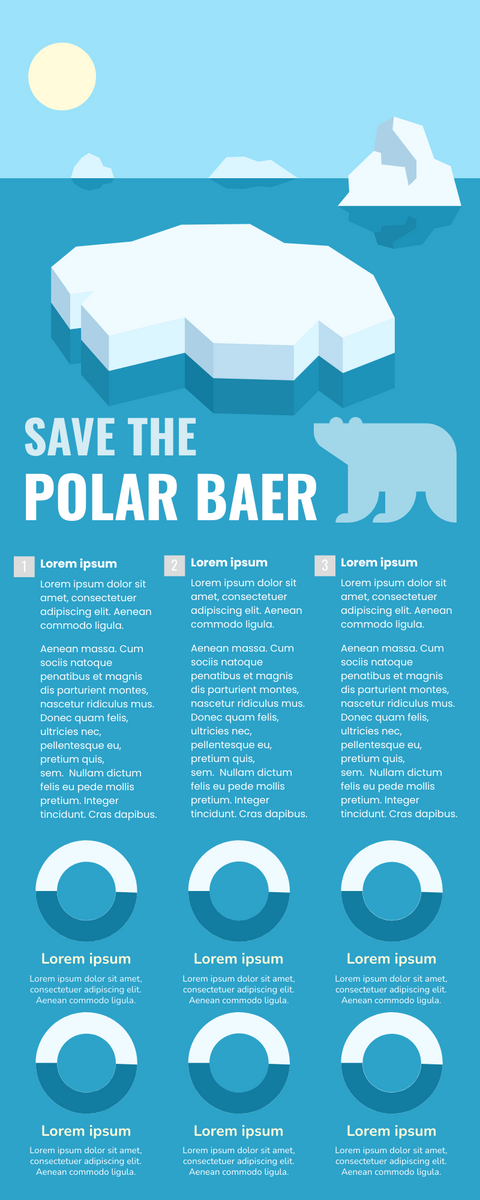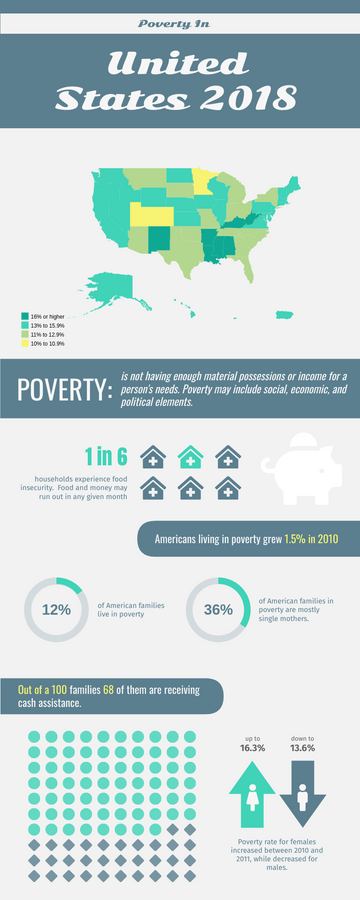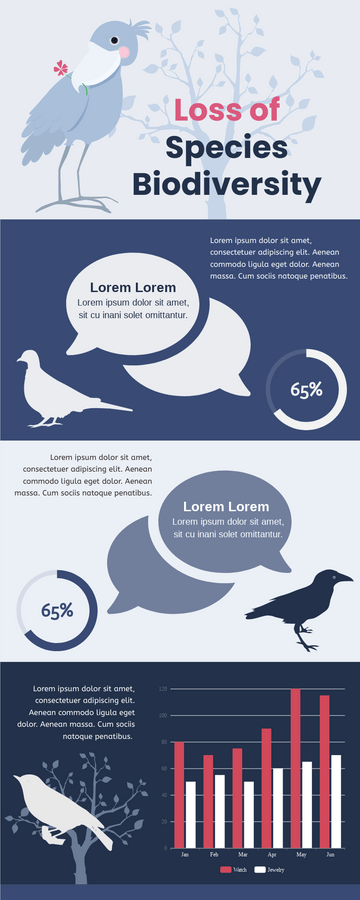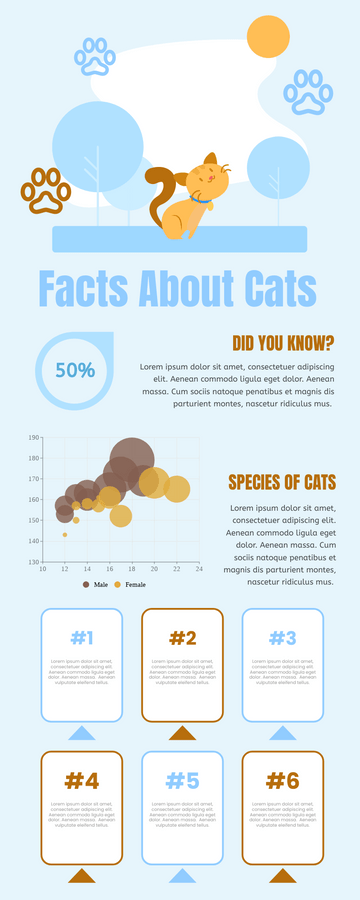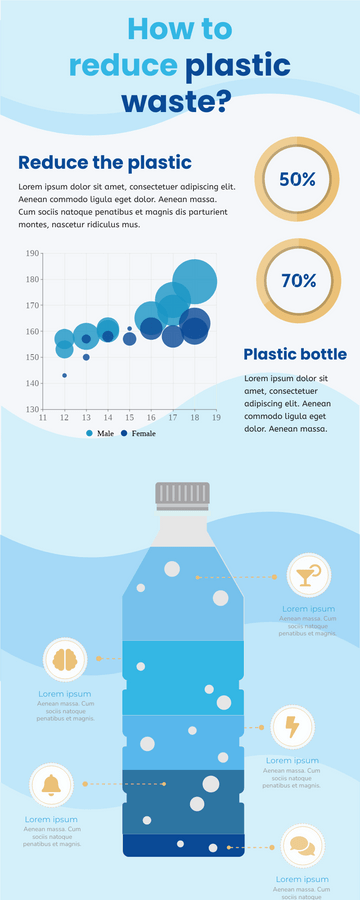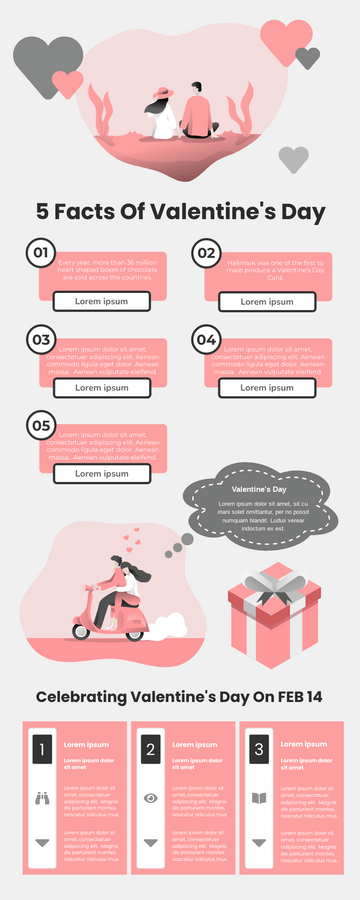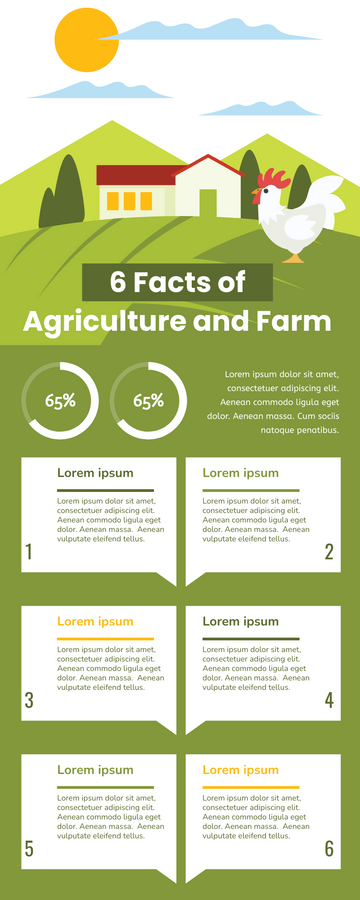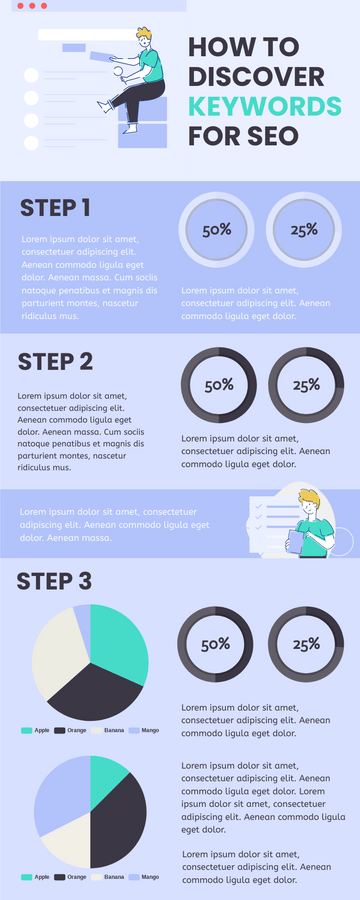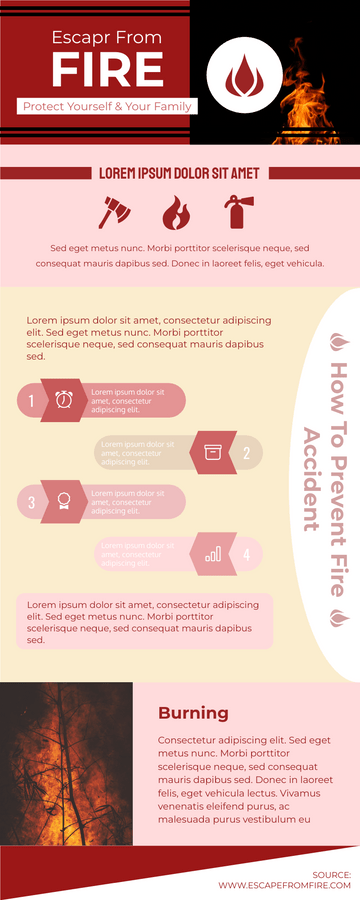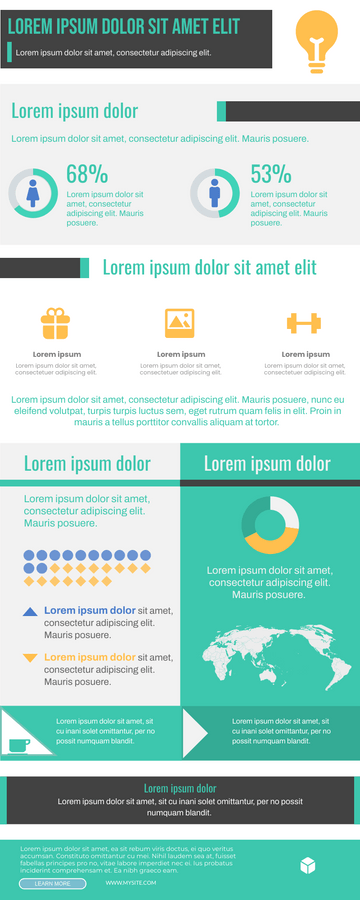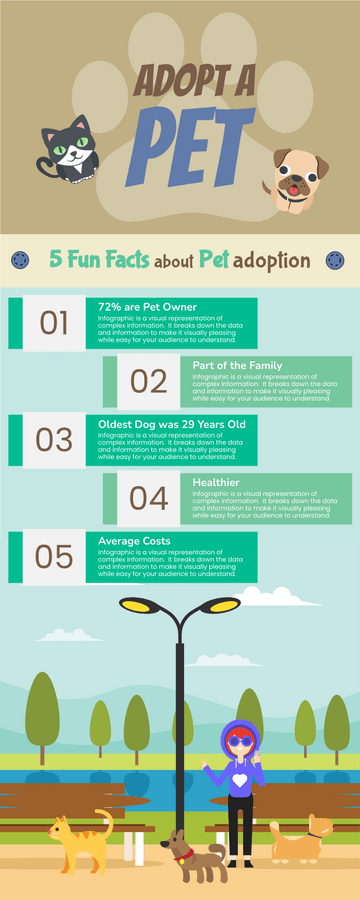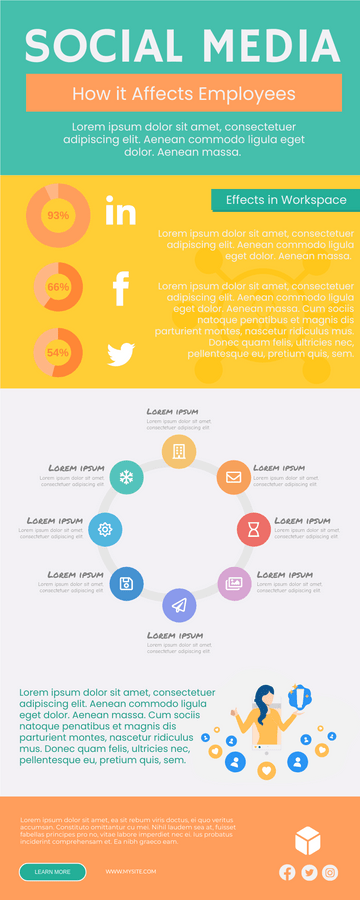Save The Polar Bear Infographic
The polar bear, or sea bear, weights 600 kilograms (1300 pounds) and reaches a height of 3 meters (10 feet), and is the world's greatest ground carnivore. Their average life expectancy is about 25 years, and their sexual maturity is about 4 years.
Does Polar Bear Hibernate?
Polar Bears do not hibernate and remain active throughout the year. The only time polar bears do something resembling hibernation is when a female polar bear makes a den in which to give birth and then take care of her cubs. Other than this polar bears remain active throughout the whole year. The female polar bear's heart rate slows to about 27 beats per minute from a normal resting heart rate of about 46 beats per minute.
Fun Facts About Polar Bear
The nose of a polar bear is so strong that it can detect a seal on the ice 20 miles away!
A cub of polar bear is about the size of a stick of butter when it is born. It is born hairless, with its eyes closed.
Polar bears will swim from one piece of ice to another for days at a time. In reality, they swim about 30 miles in a row on a regular basis.
Vulnerable Species
Mass culls of polar bears had worried the international community for decades about the species' future, but after controls and quotas came into effect, the population began to rebound. They are classified as vulnerable because of habitat loss due to climate change.
26,000 polar bears are currently in the wild, they depend on sea ice to hunt, travel and survive. Many studies predict that unless action is taken on climate change, or by 2050, the number of polar bears will fall sharply.
